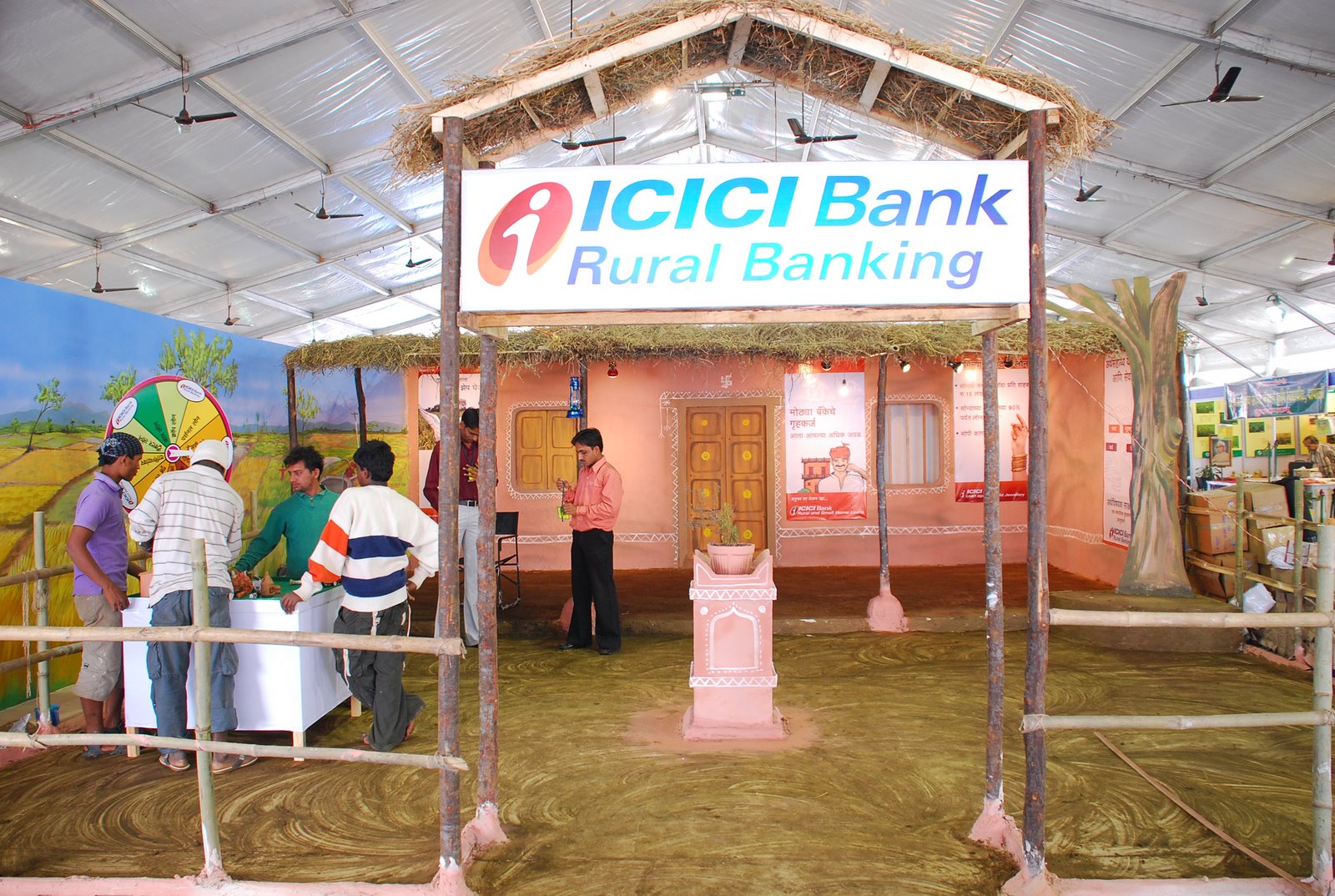While writing the essay on this topic, please keep the below given points in mind.
Points
(1) Introduction
(2) Establishment of Rural Banks
ADVERTISEMENTS:
(3) Expansion of Nationalised Banks
(4) 20-Point Economic Programme
(5) Chief Ministers’ Conference
(6) Aims and Objectives of Rural Banks
ADVERTISEMENTS:
(7) Financial aspects
(8) People’s Banks
(9) Future of Rural Banks
ADVERTISEMENTS:
(10) Conclusion
Essay
Since ages past the average Indian farmer has been living under heavy debts. He is born under debts, lives in debts, dies in debts and leaves debts for his heirs. The basic reason of his endless debts is the ancestral obligations; which are regarded sacred and paid till his last breath. The heavy expenditure at social functions, deaths and marriages force him to be down under the feet of traditional moneylender who had been exploiting him by charging high rates of interest. The farmers who fall once into the hands of the moneylender are never debt free.
In the whole country a network of co-operative societies was spread but the entire needs of rural people could not be satisfied. They also adversely affected them because of corruption, favouritism and inefficiency.
Hence the establishment of Rural Banks was defined as “To fulfill the aims of institutionalising the credit structure and enhancing its area and coverage.” Establishment of co-operative societies was no doubt a relief to the poor. But they could not meet the entire needs of the rural people. They could provide little service to the community because of corruption, nepotism and inefficiency which infected them. They were, however, able to make a dent and moneylenders share in the total lending came down to 40% in 1960-62 from 70% in 1951-52.
14 leading banks of the country were nationalised in 1969. The object was to give banking facilities to the neglected sections of the society specially the poor farmers, landless labourers and artisans. The nationalised banks expanded their branches in rural areas. Despite this a large number of people were still left uncovered and unfacilitated.
On August 18, 1975 a conference of Chief Minister and State Finance Ministers was held in Delhi to study the credit needs of rural people. The conference decided to give these banks a different shape other than the commercialised and co-operative banks and the staff be given facilities in regard to the local conditions in various states and regions.
The President accepted the Chief Minister’s Conference recommendations and made an ordinance on Sept. 26, 1975 to setup the regional rural banks in the country. In reply to it fifty banks were opened on Oct. 2, 1975 covering 9 districts of various states. The share capital of banks was made up by central government, state government and commercialised bank in ratio of 50%, 15% and 35% respectively. Before April 1, 1977 a target of 5®ional banks was set up.
The aim’s and objects of Rural Banks are as follows :
1. These banks will provide credits to rural population to make it more productive and raise the level of life.
2. They will identify the credit needs of each region to regulate productivity and avoid wastefulness.
3. The banks will help eradication of poverty and eliminate the financial constraints that mar the progress of poor farmers and artisans.
4. These banks will combine the better features of both the systems of commercial banks and the co-operative societies avoiding inabilities that are present in them.
5. They will also enhance the membership of primary societies and expand it substantially.
6. They will develop the tendency to repay regularly the government loans. The proper climate for recovery of loans will be created and nonpayments will be discouraged.
7. The rural banks will also help rural industries, animal husbandries, poultries and fishery.
These banks will evolve an economic structure of rural India to make the use of the fruits of science and technology as their motto is “Banks exist for the people and not people for the banks.”
The government has contributed 15% of the initial capital and 15% is proposed to be raised from the local people. But this idea was dropped. The transactions of these banks will be made in the regional languages so as to make them truly people’s banks.
Rural banks have been established to meet the needs of the weaker sections of society. It will eliminate rural indebtedness. It will save the rural population from the clutches of the clever moneylenders. It will also promote economic development by providing the much needed funds to marginal and poor farmers. The possibilities of lack of funds to start small-scale industries will be eliminated. Easy loans will be provided to them on low rates of interests without having substantial securities. The bank staff will specially be made rural minded so that the villagers may not feel reluctant to partonise these banks. The efforts will be made to form banking habits in villagers.

